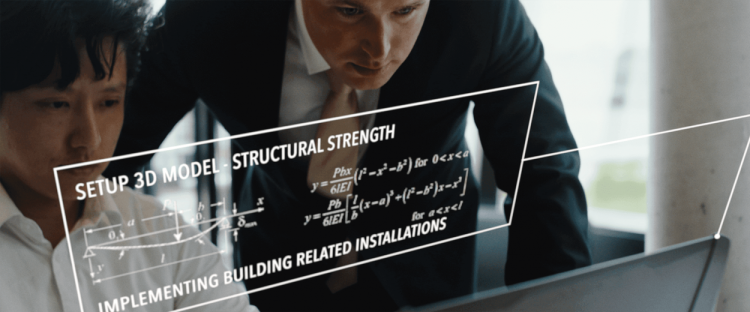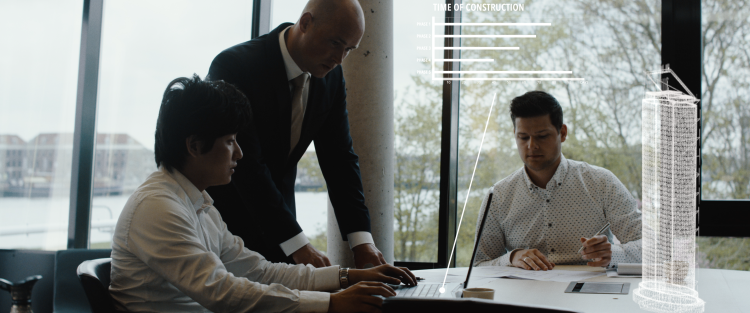



Building Information Modeling (BIM) has revolutionized the construction industry by providing a more efficient and effective way to design and manage building projects. BIM has also greatly improved the accuracy of Mechanical, Electrical, and Plumbing (MEP) systems design. One of the key benefits of using BIM in MEP design is the ability to detect and resolve clashes between different systems before construction begins.
MEP BIM-based clash detection and resolution is the process of identifying and resolving conflicts between MEP systems in the virtual environment using BIM technology. The process involves creating a digital model of the building, including all of its MEP systems, and using software to identify any areas where these systems overlap or interfere with each other. This process is critical because it helps to avoid problems during construction, saving time and money in the long run.

The importance of MEP and BIM integration for clash detection cannot be overstated. Traditional methods of MEP design often involve separate teams working on different systems, with limited collaboration between them. This can lead to problems during construction when different systems are installed and overlap, causing delays, rework, and added expenses. By using BIM, all of the different MEP systems can be modeled and visualized together, making it easier for teams to identify and resolve potential clashes before construction begins.
Additonal key benefits of using MEP BIM-based clash detection provides a range of benefits that can enhance your building design process and improve your results. Some of the key benefits of MEP BIM-based clash detection include:
Reduced Rework: Clash detection allows for the identification and resolution of design conflicts before construction begins, reducing the need for rework and saving time and money.
Rework is a common issue in construction projects, causing delays, increased costs, and reduced quality. With MEP BIM-based clash detection, you can reduce the risk of rework by detecting and resolving design conflicts early in the planning stage. This process allows you to identify and address potential issues before construction begins, ensuring a smoother and more efficient building process.
BIM reduces the risk of rework by providing a comprehensive and visual representation of the design. BIM enables the identification of potential conflicts and hazards, reducing the risk of errors and ensuring that the design is accurate and safe. The improved visualization and collaboration provided by BIM-based MEP models result in more effective conflict resolution and improved project outcomes.
The use of MEP BIM-based clash detection technology can significantly improve the safety of your construction projects. With BIM, you can leverage the power of 3D visualization to better identify and resolve potential hazards and safety issues.
For instance, BIM-based clash detection can help detect conflicts between electrical and plumbing systems, reducing the risk of electrical shocks or fires. It can also identify conflicts between MEP systems and structural components, ensuring that the design is stable and secure.

Outsourcing your MEP BIM-based clash detection is an excellent way to get the most out of the BIM-based clash detection process. BIM engineers have the necessary experience and knowledge to implement the most effective methods for MEP BIM-based clash detection and resolution. By utilizing the expertise of BIM engineers, you can reduce the risk of errors, improve accuracy, and achieve more efficient results. Additionally, outsourcing your MEP BIM-based clash detection can free up valuable time and resources, allowing you to focus on other areas of your building project. With the increased speed, efficiency, and accuracy of outsourcing to BIM engineers, you can ensure your building projects are delivered on time, within budget, and with the highest level of quality.
There are many BIM-based clash detection software options available, including Navisworks and Solibri Model Checker. These software programs use algorithms to analyze the digital model and identify any conflicts between systems. They can also be used to simulate the construction process, helping teams to identify potential issues before they occur.

In addition to using BIM-based clash detection software, there are best practices that can help ensure the process is effective. This includes setting up a clear project schedule, creating a collaborative environment, and involving all relevant team members in the process. It is also important to have a clear understanding of BIM and MEP standards, as these can have a significant impact on the accuracy of the clash detection process.
MEP BIM-based clash detection and resolution is a critical step in the design and construction process, offering numerous benefits including improved accuracy, better collaboration and communication, and cost savings. By taking the time to understand the importance of MEP and BIM integration for clash detection, and implementing best practices, teams can ensure that their building projects are completed on time, within budget, and with the desired level of quality.
Copyright © 2024 The BIM Engineers. All Rights Reserved | Design & Developed by Prettify Creative